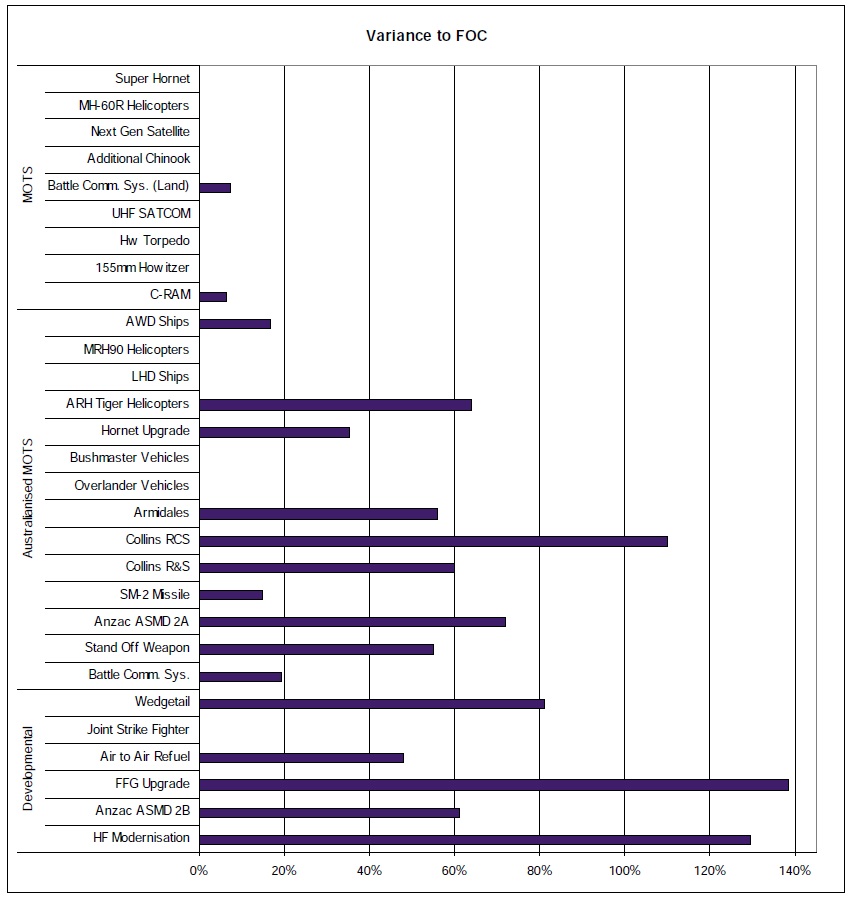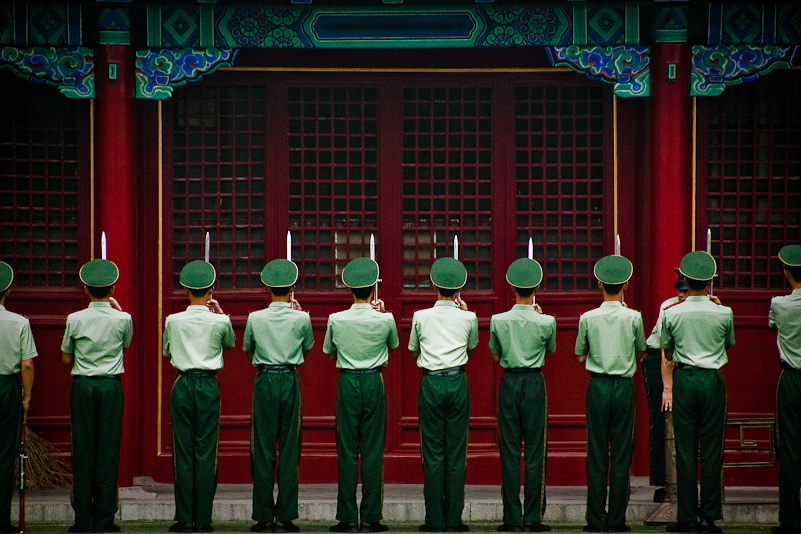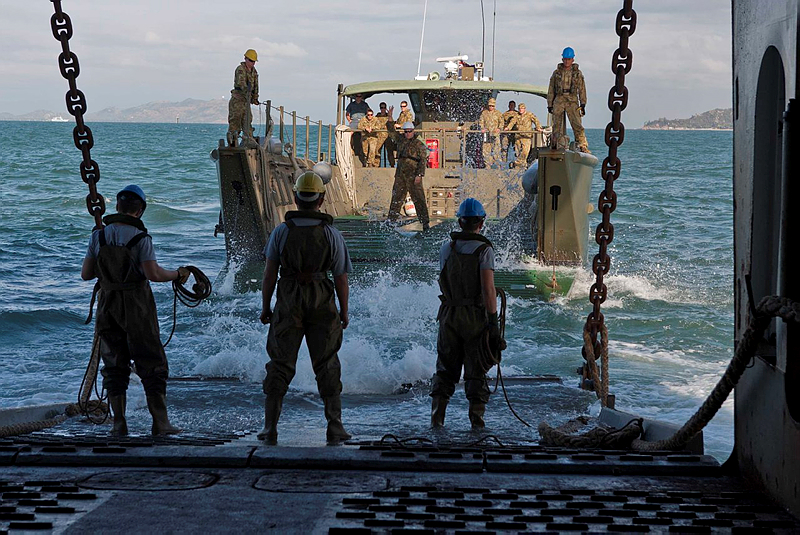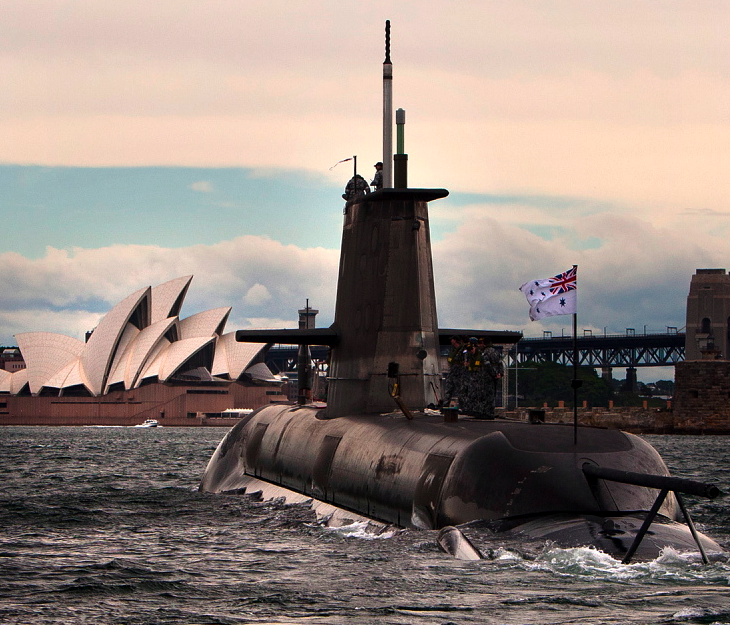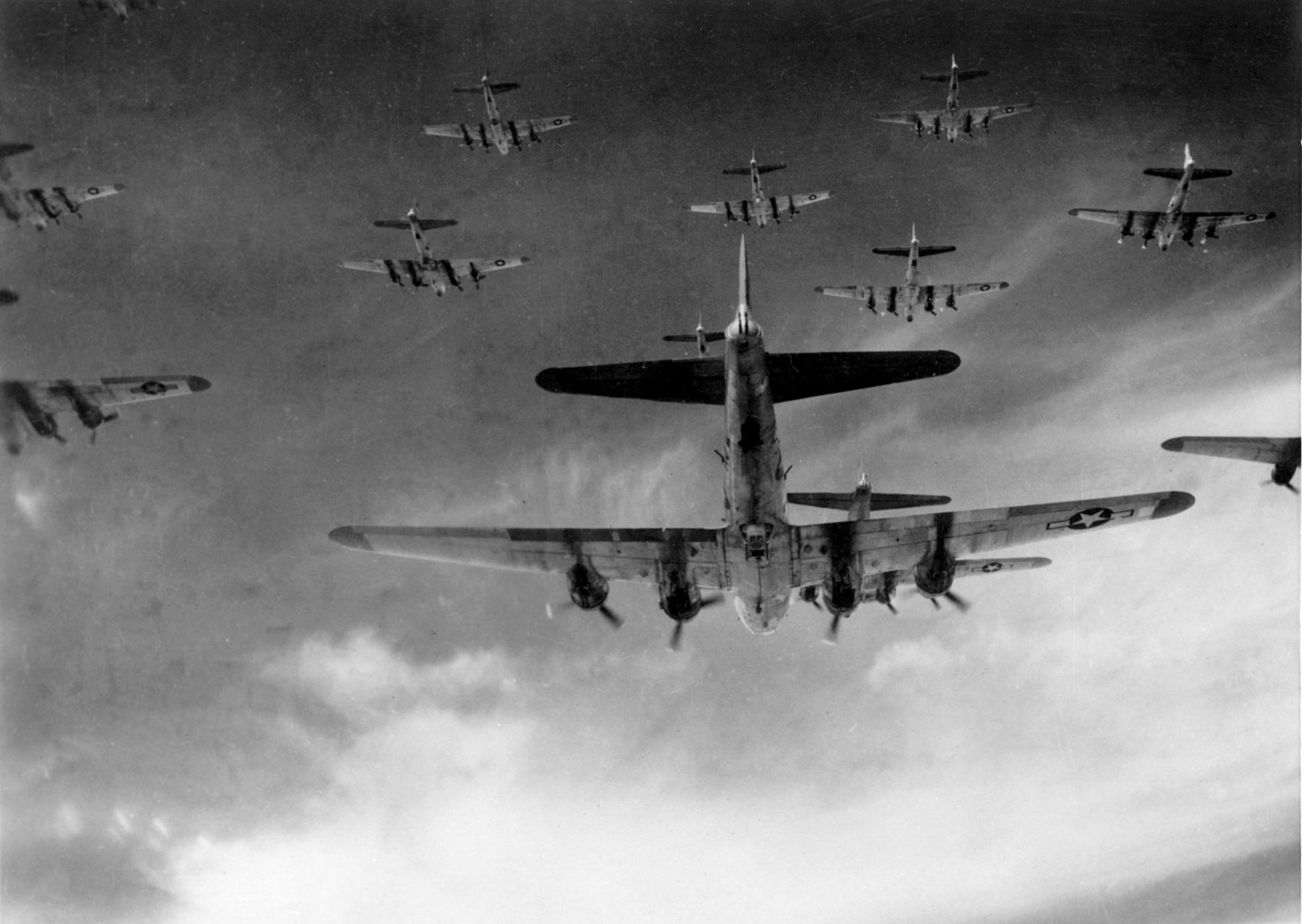Imitation to innovation: the strategic implications of China’s R&D trends
The United States has long been the leader of global innovation, but a recent report (PDF) by the National Science Board (the advisory board to the President on research in science and engineering) suggests that America’s innovation advantage is slipping. Knowledge-based economic activity is gradually shifting towards Asia, and in particular China—America’s greatest strategic competitor. While America’s strength in science and technology will continue for decades, China is now in an enviable position. After all, growing pains are preferable to the aches and pains of an old man.
China’s research and development (R&D) activity is growing impressively across a number of indicators. This includes its share of global high-technology economic output, which has risen sharply from 8% in 2003 to 24% in 2012. The graph below demonstrates current trends in this area:
Output of high technology industries 1997–2012
 Source: US National Science Foundation Science and Engineering Indicators 2014 (p.5)
Source: US National Science Foundation Science and Engineering Indicators 2014 (p.5)

